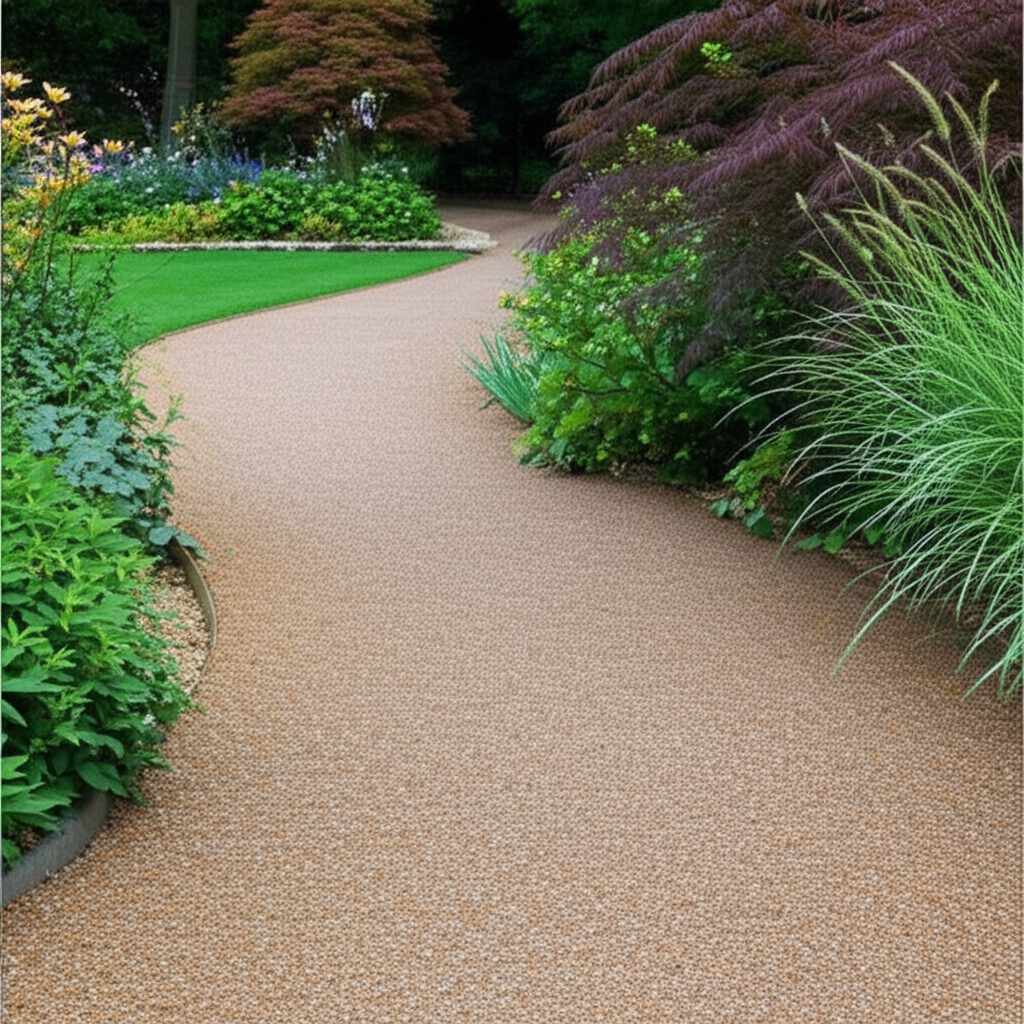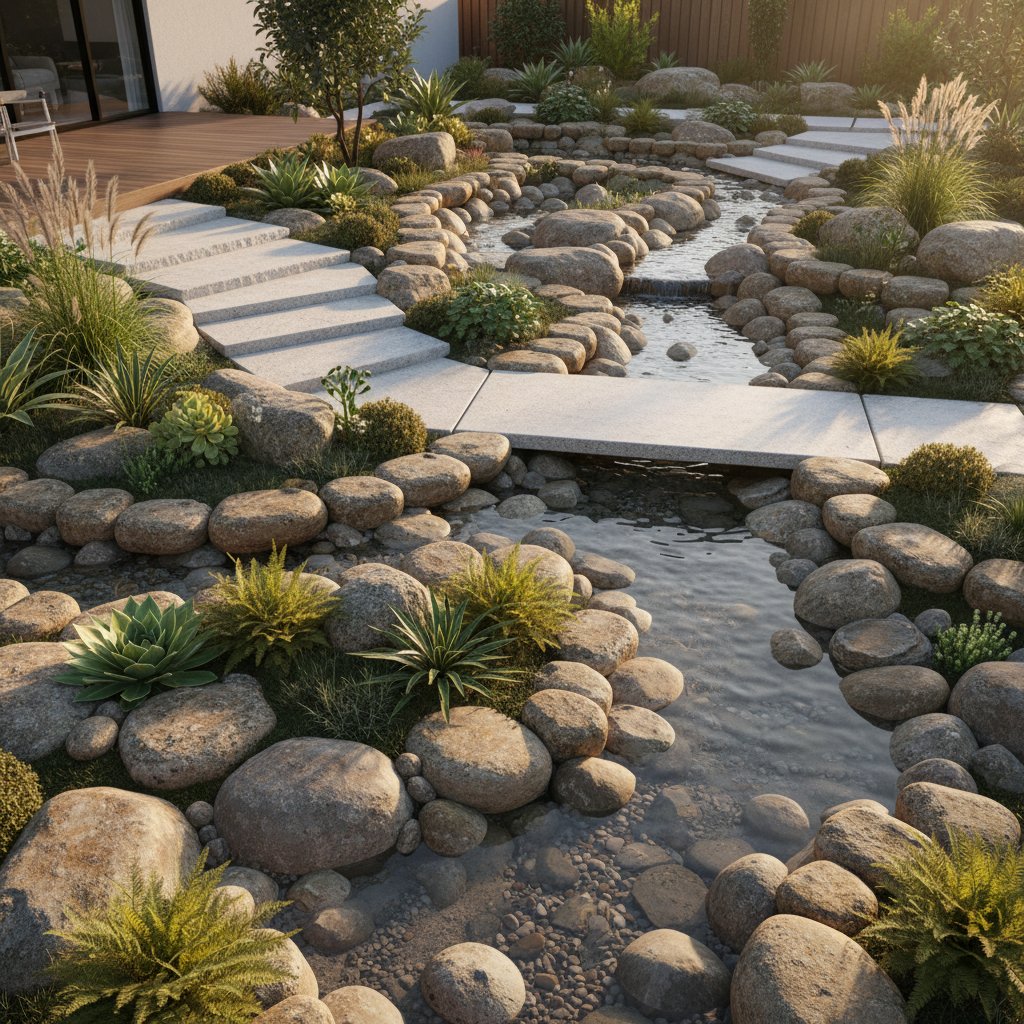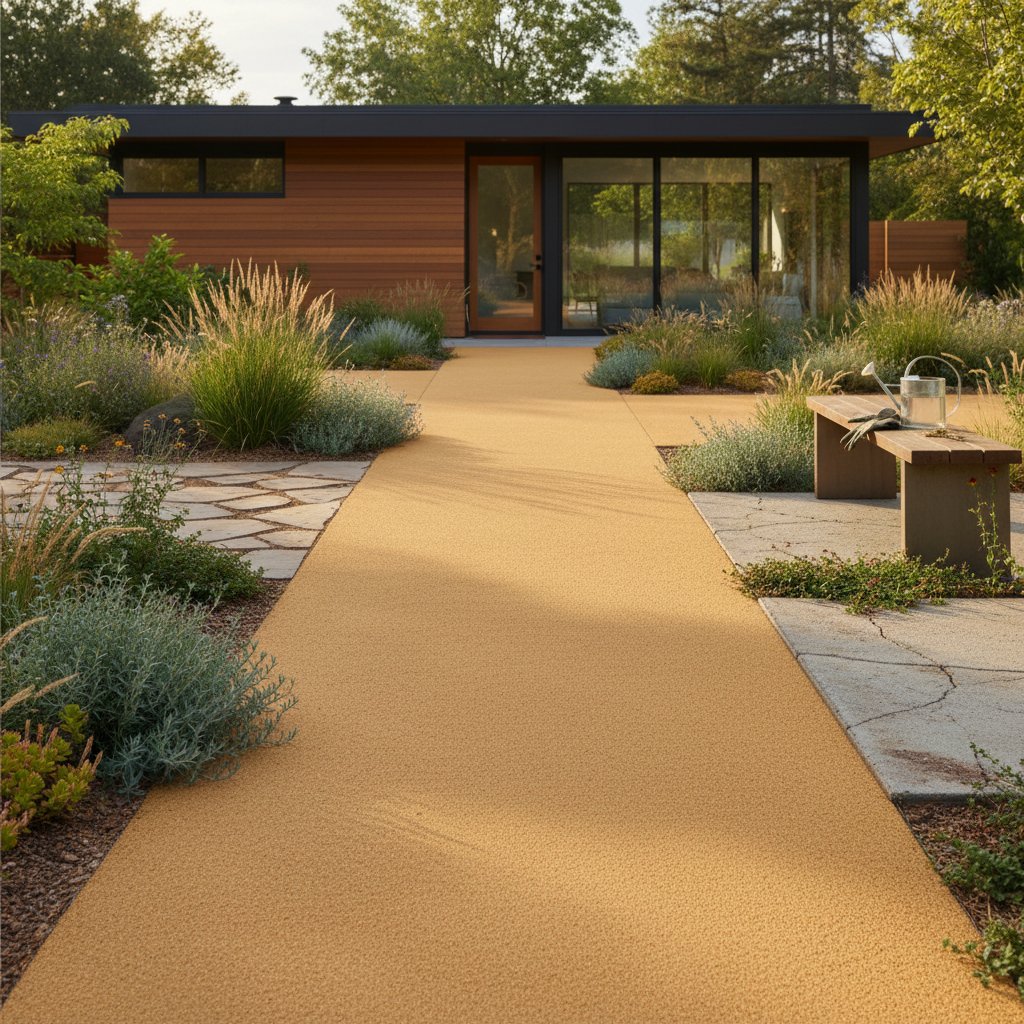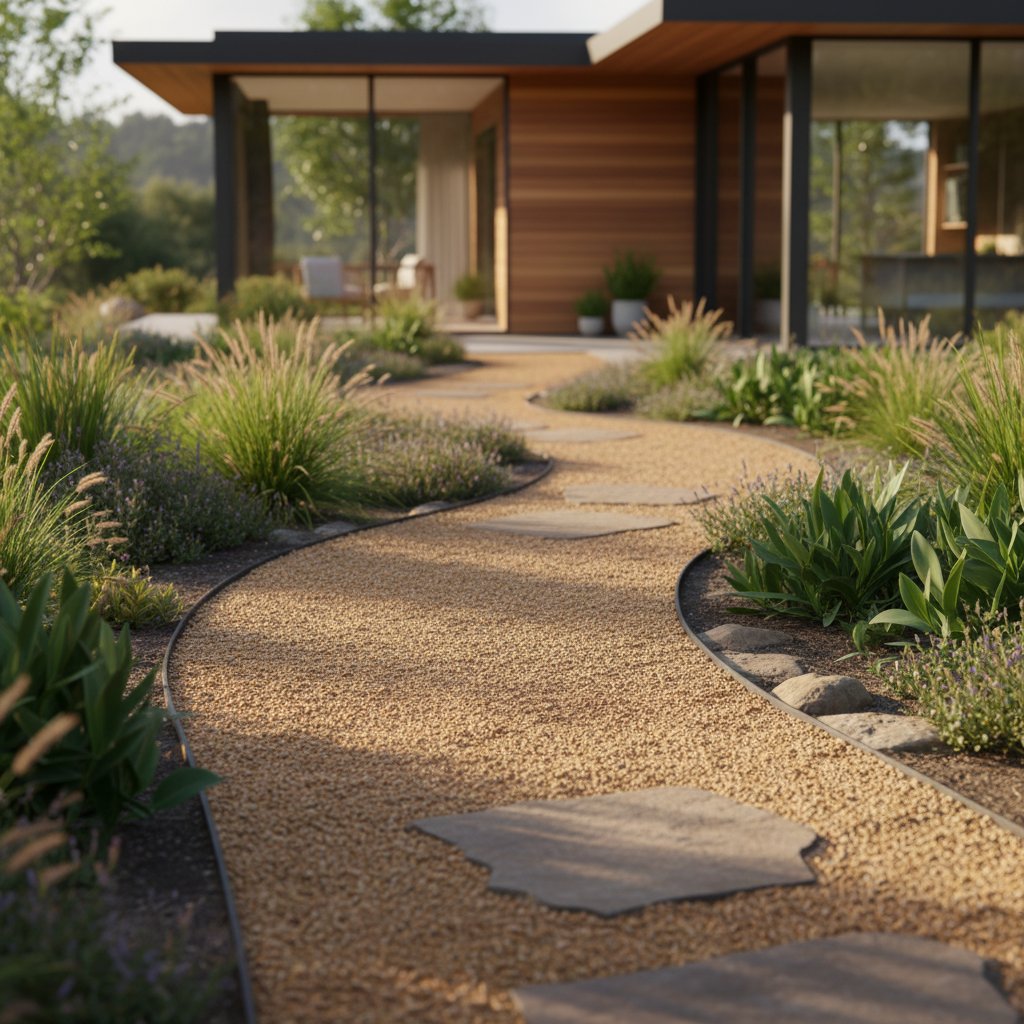Craft Timeless Walkways with Decomposed Granite
Few elements in a landscape draw the eye and invite exploration quite like a well-designed path. A winding trail through a garden or a sturdy walkway across a yard can transform an outdoor space, and decomposed granite, often referred to as DG, offers a perfect balance of beauty and practicality. Unlike other materials that feel overly formal or lack stability, DG provides a natural warmth and texture that complements any design style. With thoughtful installation and maintenance, it delivers a durable, timeless surface that enhances your property for years to come.
Why Decomposed Granite Stands Apart
Decomposed granite forms from weathered granite rock that breaks down into small, gravel-like particles. This material differs significantly from pea gravel, which often shifts and rolls underfoot, making it less reliable for consistent use. DG, when properly compacted, creates a firm, stable surface ideal for walking, supporting outdoor furniture, or even handling light wheelbarrow traffic. Available in a spectrum of earthy tones, from subtle golds to deep reds, it integrates seamlessly into rustic, modern, or eclectic garden designs.
Beyond aesthetics, DG excels in functionality. Its permeable nature allows rainwater to filter through, reducing runoff and preventing puddles, which makes it a sustainable alternative to concrete or asphalt. This quality proves especially valuable in regions prone to drainage issues, as it supports eco-friendly landscaping practices while maintaining a polished look.
Tailoring DG Paths to Your Vision
The versatility of decomposed granite allows it to adapt to a wide range of landscape styles, depending on how you frame and finish the path. A narrow walkway with sleek steel edging can convey a minimalist, contemporary vibe, while a broader, unedged path evokes a casual, organic feel as it blends into surrounding greenery. Consider these distinct approaches to match your outdoor aesthetic:
- Casual and Natural: Opt for loose DG with minimal or no edging, allowing nearby plants to soften the borders for a laid-back, countryside charm.
- Structured and Polished: Compact DG tightly and pair it with stone or brick borders to achieve clean, defined lines suitable for formal gardens.
- Practical and Resilient: Use stabilized DG mixed with a binding agent to create a harder surface, perfect for high-traffic areas or functional spaces.
Your choice will hinge on the mood you wish to create and the level of upkeep you are prepared to manage, but each option offers unique appeal.
Laying the Foundation for Success
A lasting DG path begins with meticulous groundwork. Rushing this stage often results in uneven surfaces, weed growth, or erosion over time. Start by mapping out your path using a garden hose or wooden stakes to experiment with curves and shapes until the layout feels intuitive. Once finalized, excavate a trench about four to six inches deep to accommodate both a base layer and the DG topping.
Install a foundation of crushed stone or gravel, compacting it firmly to ensure stability and promote drainage. Then, apply the DG in thin layers, about one to two inches at a time, lightly misting each layer with water before tamping it down with a hand tamper or plate compactor. Building up the surface gradually in this manner achieves a denser, more cohesive result than dumping a single thick layer.
Expert Strategies for a Flawless Finish
Certain techniques, honed through practical experience, can elevate the quality and longevity of your DG walkway. Keep these insights in mind during installation and beyond:
- Secure the Edges: Even for a relaxed design, subtle edging with materials like wood, metal, or stone prevents DG from spreading into adjacent lawns or beds.
- Control Moisture: A gentle spray of water during compaction helps the particles bond, creating a tighter, more durable surface.
- Adjust Depth for Use: Aim for two to three inches of compacted DG for light foot traffic, but increase to four inches for areas expecting heavier loads.
- Plan for Refreshing: Over time, minor wear may require raking the surface smooth or adding a thin layer of fresh DG to maintain its appearance.
Attention to these details ensures your path remains both functional and visually appealing through changing seasons.
Embracing the Character of Your Path
One of the joys of a decomposed granite walkway lies in how it evolves with the landscape. Unlike rigid materials that resist change, DG weathers gracefully, often gaining character as its color mellows and nearby plants frame its edges. Many homeowners find that this organic integration makes the path feel like a longstanding part of the garden, blending intention with nature.
If you are new to working with DG, consider starting with a modest project, such as a short trail to a seating area or shed. This allows you to observe how the material performs in your specific environment before expanding to larger designs. Repeating the same surface across different areas of your yard can also create a cohesive look, tying disparate spaces into a unified whole.
Bringing Your Vision to Life
With careful preparation and a commitment to periodic care, decomposed granite proves to be an exceptionally rewarding choice for pathways. It strikes a rare harmony between structure and softness, offering a practical surface that remains deeply connected to the natural world. As you step along your finished path, the subtle crunch beneath your feet becomes a quiet reminder of the thoughtful design woven into your outdoor space. Begin with a clear plan, prioritize the foundation, and watch as your walkway transforms your garden into a place of enduring beauty and function.



